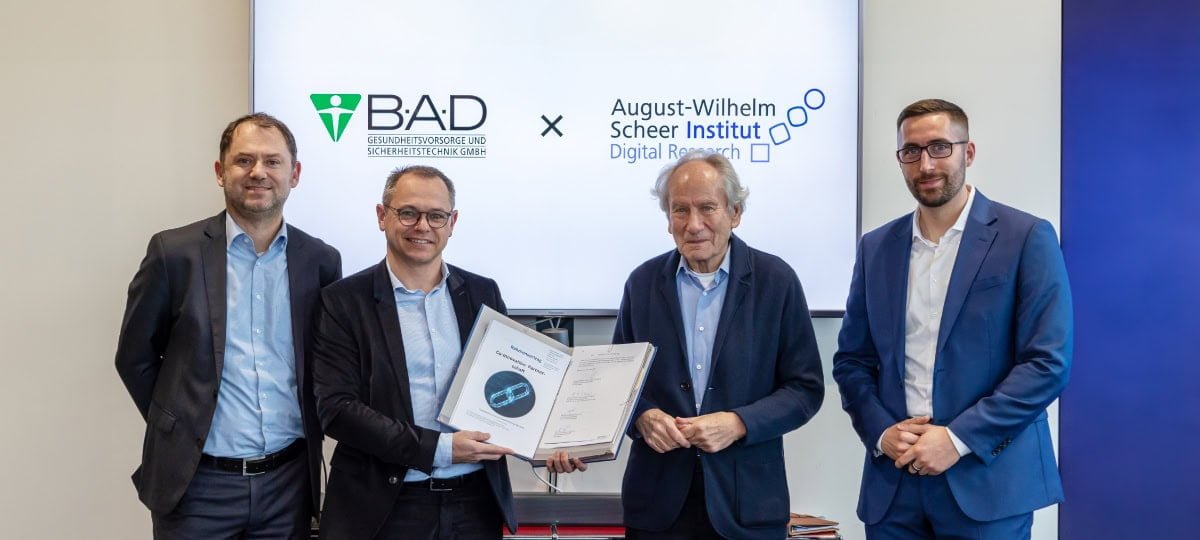SAP development meets open source freedom

SAP developers don't always have it easy. Ever faster implementation, a focus on innovation and the best possible use of cloud concepts are the new corporate requirements. For this reason, this month's column addresses this guild of programmers - not exclusively, but primarily - because there are good things to report.
The IT landscape has changed radically in recent years, and open source technologies in particular have increasingly established themselves as the standard in a variety of ways. Developers who have long worked in the supposed SAP silo are faced with a multitude of new frameworks and tools whose focus is not primarily on the implementation of specialist applications. But what if the world of open source culture, with all its practical concepts and applications, enabled an optimized implementation of modernized and new SAP business processes in an abstract and completely equal way? And from development to operation. Across all platforms. It would be a win-win situation for everyone involved. Technically, such a world is no longer a problem; understandably, the only thing that has failed up to now is the experienced selection of the appropriate approaches on the way to sustainable and cross-silo use.
In order to be able to assess the scope of this question, the focus should first be placed on open source. For several years now, the principles and tools of this culture have enabled the modern development of flexible, scalable and secure applications across all application areas and industries. SAP developers are of course aware of all this, and the use of open source is no longer a rarity here either. However, practical implementation is still sluggish, as a look at SAP's "Developer Insights" survey also shows. Here, the in-house proprietary programming language Abap continues to dominate, while most non-SAP languages have yet to establish themselves.
So how can developers in the SAP space benefit from the large open source ecosystem - especially when it comes to non-SAP integration beyond the boundaries of a BTP and the desire to collaborate with other business units? Modern platforms such as Red Hat OpenShift, for example, rely entirely on open source to solve the problem. They relieve the developer and operations team of the painstaking task of designing and maintaining a coordinated development environment and infrastructure from hundreds of components. They combine a cloud-native underpinning based on Kubernetes directly with the necessary modules for enterprise-scale, mission-critical deployment: automated provisioning, self services, application lifecycle management, cluster management, security and governance, monitoring, and many more.
This allows a BTP environment and hyperscaler platforms with their native services, on-premises and edge scenarios, AI and ML data and models to be abstracted into a single strategic development environment. Silos are broken down, and the focus remains on innovation and time-to-market rather than operations. With this bridge into the world of open source technology, the doors to CI/CD, DevSecOps or pipelining are also wide open for SAP programmers.
Developers also become more independent and can realize applications across departments without long waiting times and high costs. They can use new technologies such as cloud-native, use the entire range of tools and frameworks for their own projects, and connect with SAP much more easily than expected. Aspects that want to be considered with tomorrow's modern software development in mind. SAP developers can make use of the new technologies and find a lot of support in the open source community. The possibilities have long been there, not least thanks to enterprise solutions such as Open Shift. Building it yourself is no longer necessary.





